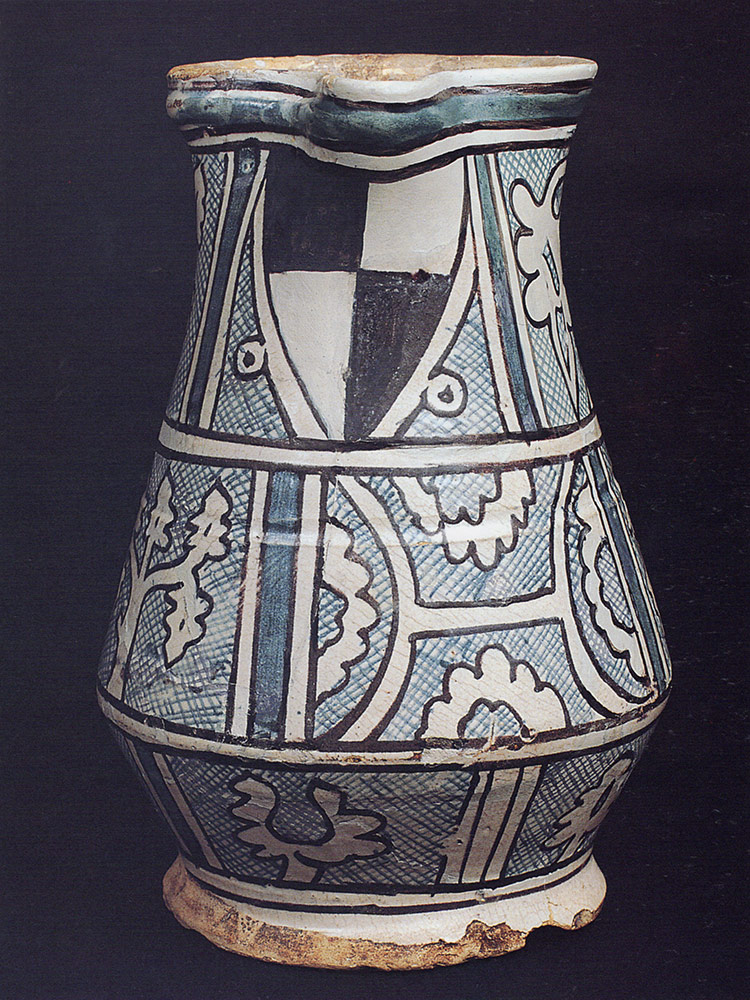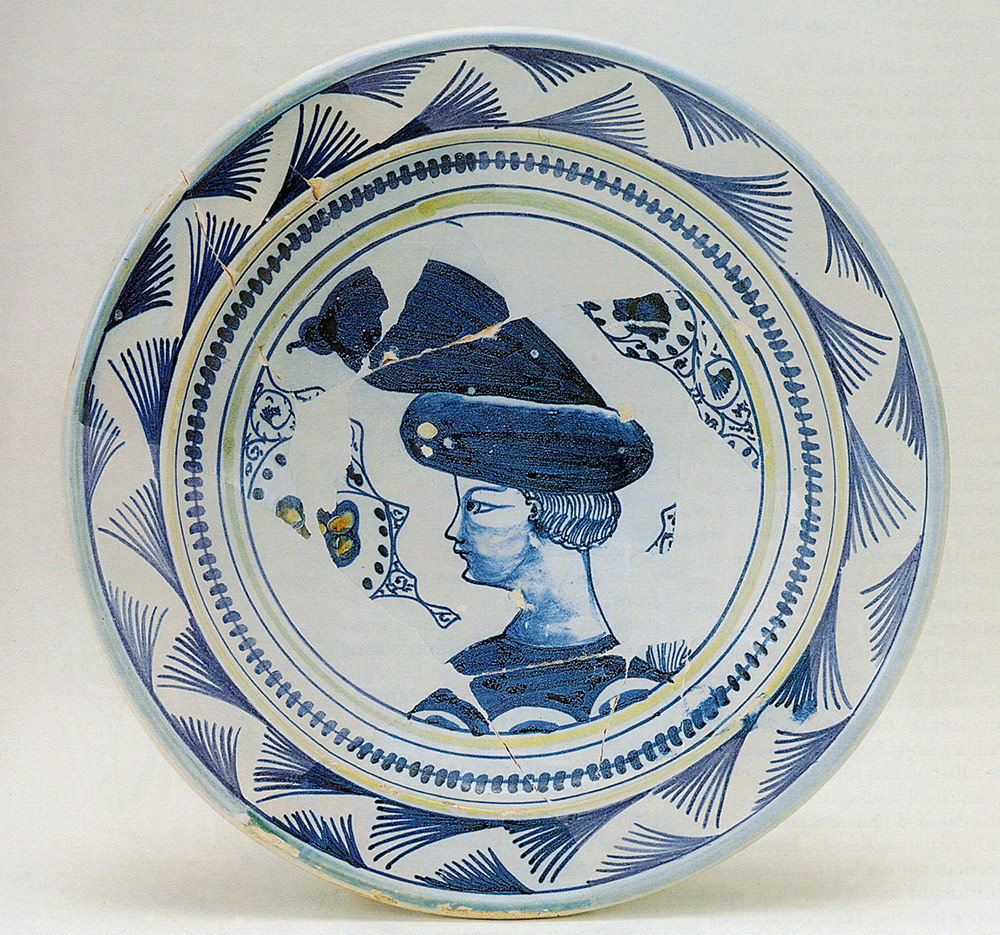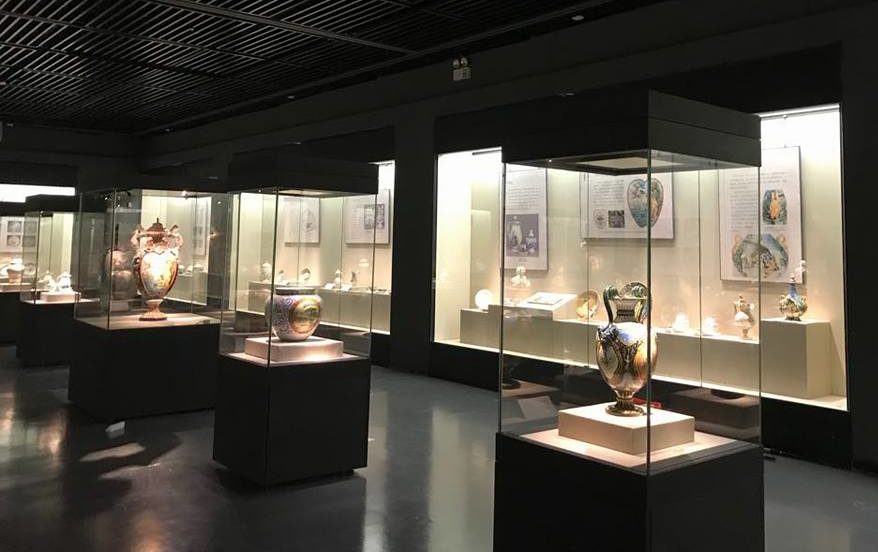History of Faenza Ceramics
Faenza is a city of art of Roman origin famous for the production of exquisitely crafted ceramic objects, exported to many European countries. The very name has become synonymous with ceramics (majolica) in various languages, including French (faïance) and English (faience).
The first ceramic factories were established in Faenza in the first century BC. Facilitating the production of pottery were probably the characteristics of the types of clay found in the waters of the river Lamone, beside which arose this city in Romagna. However Faenza became famous for its ceramics only several centuries later, with the Renaissance.
Majolica or glazed faience
The ceramics of Faenza is called majolica (or “Faenza glazed”), referring to ceramics with a glassy coating made opaque with tin oxide. This is a product that will follow a slow but constant growth, in terms of ceramic techniques, colours and decorations, to reach the pinnacle of success in the sixteenth century.
Glazed faience
The Archaic style corresponds to the medieval period (from the thirteenth to the early fifteenth century), during which the ceramic production was mainly objects for homes and shops: mugs in particular, but also pitchers, cups, plates, bowls and spice holders of various forms and sizes.
Among the most common decorations of the time were figures and geometric, phytomorphic and zoomorphic patterns, but also inscriptions and heraldry, while the most popular colours were green, brown and blue on white enamel or with the reserve technique on a framed bottom. (The reserve technique consists in making sure that certain areas of the paper are not obscured by colour: the compositions are obtained by removing or deleting the reserves).


Engraved and glazed ceramic
The production of glazed pottery, rather valuable and therefore expensive, was coupled with engraved ceramic, or coated with a thin layer of white or yellowish clay slip. This type of pottery was more widely distributed, mostly chosen for open shaped objects like plates and bowls.

Another variation, even “poorer”, was the glazed ceramic made of red clay covered with transparent glass to give a waterproofing effect. It was used in the production of tableware and kitchen items.
This “differentiated production” of glazed and engraved and glazed ceramic continued until the last half of the nineteenth century, when the ceramics of Faenza entered a critical phase that saw some of the major factories close.

The twentieth century and the International Museum of Ceramics
But the recovery was quick: the beginning of the twentieth century saw a cultural and artistic shift which had as its emblem the establishment of the International Museum of Ceramics (1908) by intuition of the art historian Gaetano Ballardini. The museum soon became the reference point for Italian ceramics from all periods.
The Museum of Ceramics was soon joined by a ceramic school conceived to solve not only technical and aesthetic problems but also the organizational and business ones that had occurred in previous years. It is the origin of the current Institute for Ceramic Arts “Gaetano Ballardini”.
The factory-type structure for majolica never set foot in Faenza: ceramic art in Faenza is anchored to the work of individual artisans or family-run shops that present new aesthetic trends alongside traditional decorative styles of medieval and nineteenth centuries times.




